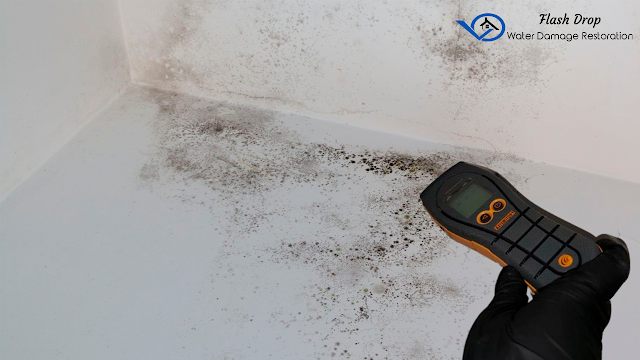How to Prevent Secondary Damage During Water Damage Restoration
Water damage restoration is a critical process that requires swift and effective action to prevent not only the initial damage but also secondary issues that can arise if not addressed promptly. Secondary damage, such as mold growth and structural deterioration, can complicate the restoration process and increase overall costs. In this guide, we'll explore proactive measures to prevent secondary damage during water damage restoration.
1. Swift Water Extraction:
The first and most crucial step in preventing secondary damage is the swift extraction of standing water. Delay in water removal allows moisture to penetrate building materials, leading to structural issues and creating an environment conducive to mold growth. Professional water extraction equipment should be employed for efficient removal.
2. Thorough Moisture Detection:
Utilize advanced moisture detection tools to identify hidden pockets of moisture in walls, ceilings, and flooring. Even seemingly dry surfaces can retain moisture, contributing to ongoing damage. Thorough moisture detection ensures that all affected areas are identified and addressed during the restoration process.
3. Comprehensive Drying Techniques:
Implement a comprehensive drying strategy using industrial-strength dehumidifiers and air movers. Adequate airflow and moisture removal are essential to ensure that all affected materials are thoroughly dried, minimizing the risk of secondary damage.
4. Removal of Wet Materials:
Promptly remove and dispose of materials that cannot be effectively dried or restored, such as saturated carpets, insulation, and drywall. This prevents the proliferation of mold and mitigates the potential for structural damage.
5. Mold Prevention Measures:
Incorporate mold prevention measures throughout the restoration process. This includes applying antimicrobial treatments to affected areas and using mold-resistant building materials during reconstruction. Timely mold prevention reduces the risk of health hazards and additional restoration efforts.
6. Professional Assessment of Structural Integrity:
Engage professionals to assess the structural integrity of the building. Water damage can compromise the strength of structural elements. A thorough assessment ensures that weakened components are identified and addressed, preventing potential collapses or further deterioration.
7. Air Quality Management:
Monitor and manage indoor air quality during the restoration process. Airborne contaminants, including mold spores and particulate matter, can pose health risks. Proper ventilation and air filtration systems help maintain a healthy indoor environment.
8. Restoration of Electrical Systems:
Electrical systems exposed to water can pose significant safety hazards. Ensure that electrical systems are thoroughly inspected and restored by qualified professionals. This prevents electrical malfunctions and reduces the risk of fire hazards.
9. Documentation for Insurance Claims:
Maintain detailed documentation of the restoration process for insurance purposes. Comprehensive records, including photographs, reports, and receipts, facilitate a smoother insurance claims process. This ensures that you receive fair compensation for the damage incurred.
10. Ongoing Monitoring and Assessment:
Continue monitoring the restored areas for any signs of secondary damage. Periodic assessments help catch potential issues early, allowing for prompt intervention and minimizing the impact of unforeseen complications.
Preventing secondary damage during water damage restoration is crucial for a successful and cost-effective recovery process. Swift action, thorough drying, professional assessments, and ongoing monitoring are key elements in mitigating risks associated with secondary damage. By prioritizing these measures, homeowners and restoration professionals can work together to restore the property efficiently and ensure long-term resilience against potential complications.
Find Flash Drop Water Damage Restoration & Mold Removal
Flash Drop Water Damage Restoration & Mold Removal
16602 Barneston St, Granada Hills, CA 91344
7GM4+PP Granada Hills, Los Angeles, CA
(323) 639-5137



.jpg)
Comments
Post a Comment